Published by Zebra Press
an imprint of Random House Struik (Pty) Ltd
Company Reg. No. 1966/003153/07
Wembley Square, First Floor, Solan Street, Gardens, Cape Town, 8001
PO Box 1144, Cape Town, 8000, South Africa
www.zebrapress.co.za
First published 2011
Publication Zebra Press 2011
Cover image and text Alan G. Morris
All rights reserved. No part of this publication may be reproduced, stored in a retrieval system or transmitted, in any form or by any means, electronic, mechanical, photocopying, recording or otherwise, without the prior written permission of the copyright owners.
| PUBLISHER : | Marlene Fryer |
| MANAGING EDITOR : | Ronel Richter-Herbert |
| EDITOR : | Jane Housdon |
| PROOFREADERS : | Beth Housdon and Ronel Richter-Herbert |
| COVER DESIGNER : | Michiel Botha |
| TEXT DESIGNER : | Monique Oberholzer |
| TYPESETTER : | Monique van den Berg |
ISBN 978 1 77022 361 5 (print)
ISBN 978 1 77022 362 2 (ePub)
ISBN 978 1 77022 363 9 (PDF)
www.imagesofafrica.co.za
Over 50 000 unique African images available to purchase from our image bank at www.imagesofafrica.co.za
Contents
To Liz, for being both the anchor and inspiration in my life
Acknowledgements
There are so many people to thank, as there always is in a project of this scope. The key people are those I work with on a regular basis: Vince Phillips and Sean Davison of the University of the Western Cape, Maryna Steyn of the University of Pretoria, Madeleine Fullard of the Missing Persons Task Team, Mary Patrick of the Cape Archaeological Survey, Coen Nienaber of the Forensic Unit at the University of Pretoria, and Tim Hart and Dave Halkett of the Archaeological Contracts Office at UCT.
I need to give special thanks to Maryna Steyn, Vince Phillips and Madeleine Fullard for allowing me to happily steal from their research and publications on specific cases. I also could not have done any of the forensic work over the years without the forensic pathologists and their support team in the Western Cape: Diedr Abrahams, Sindisa Potelwa, Mariette Hurst, Yolanda van der Heyde, Linda Liebenberg, Lorna Martin, Shabbir Wadee, Omar Galant and June Mehl.
I mustnt forget the current crew of pathologists in training at UCT Itumeleng Molefe, Steven Afonzo, Sipho Mfolozi, Sairita Maistry, Akmal Khan and Lekram Alli. I also need to acknowledge my own colleagues and students who have worked with me on forensic and archaeological cases over the past few years: Jacqui Friedling, Thabang Manyaapelo, Kundi Dembetembe, Belinda Speed, Lach Rossouw, Kavita Chibba, Nhlanhla Dlamini.
Many of these friends, students and colleagues have kindly offered to comment on sections of chapters that I have sent them. Names I havent mentioned so far include Morongwa Mosothwane, Jatti Bredekamp, Jay Aronson, and Goran trkalj. Hendrik Swanepoel helped with some difficult Afrikaans translations from handwritten police records, and Steve Ousley and Ericka LAbb put up with my dissensions and arguments about the use of FORDISC.
The staff at the Hout Bay Medical Centre let me rent an office in their suite so that I could hide from the telephone and email while I put this book together. And of course I mustnt forget Bridget Elizabeth Shevlin-Morris, my long-suffering wife who drew the short straw and ended up reading the whole manuscript before anyone else. She not only told me where my writing style had bogged down to a state of boring, but also suggested a title that was way better than anything I had thought of.
ALAN G. MORRIS
SEPTEMBER 2011
List of Abbreviations
AAFS: American Academy of Forensic Sciences
AFAT: African Forensic Anthropology Team
AFIP: Armed Forces Institute of Pathology
AI: Amnesty International
ANC: African National Congress
ASSA: Anatomical Society of Southern Africa
BBC: British Broadcasting Corporation
CO2: carbon dioxide
CSI: Crime Scene Investigation
CSU: Crime Scene Unit
CT: Computed Tomography
DJD: degenerative joint disease
DNA: deoxyribonucleic acid
DSO: Directorate of Special Operations
EAAF: Argentine Forensic Anthropology Team (Equipo Argentino de Antropologa Forense)
FARC: Forensic Anthropology Research Centre
FBI: Federal Bureau of Investigation
FORDISC: Forensic Discriminant Analysis Program
FPS: Forensic Pathology Services
GNC: Griqua National Conference
IDASA: Institute for Democracy in South Africa
LODOX: low dose digital X-ray
LSA: Later Stone Age
MK: Umkhonto we Sizwe
MPTT: Missing Persons Task Team
mtDNA: mitochondrial DNA
NMB: National Museum Bloemfontein
NMC: National Monuments Council
NMHM: National Museum of Health and Medicine
NPA: National Prosecuting Authority
PAC: Pan Africanist Congress
Pebco: Port Elizabeth Black Civic Organisation
PCLU: Priority Crimes Litigation Unit
PCR: Polymerase Chain Reaction
PMI: postmortem interval
SAHRA: South African Heritage Resources Agency
SAP: South African Police
SAPS: South African Police Service
STR: short tandem repeat
SWAPO: South West African Peoples Organisation
TB: tuberculosis
TMJ: temporomandibular joint
TRC: Truth and Reconciliation Commission
UCT: University of Cape Town
UN: United Nations
UNESCO: United Nations Educational, Scientific and Cultural Organisation
USSR: Union of Soviet Socialist Republics
UWC: University of the Western Cape
Wits: University of the Witwatersrand
Introduction
This book is not a textbook on forensic anthropology. While I discuss some anthropological techniques, I have avoided technical jargon as far as possible, as I would like the forensically uninitiated to understand and enjoy it. There is some anatomical and medical discussion from time to time, but I promise not to bury anyone in detail prematurely.
There are, in fact, relatively few textbooks on forensic anthropology. The bible, Krogman and 
 cans The Human Skeleton in Forensic Medicine, is still the best technical book on the subject, but it is dense with detail, outdated in some areas and too rigid in interpretation in others. Other books, such as White and Folkens The Human Bone Manual and Blau and Ubelakers Handbook of Forensic Anthropology and Archaeology, are more accessible but tend to be very anthropological.
cans The Human Skeleton in Forensic Medicine, is still the best technical book on the subject, but it is dense with detail, outdated in some areas and too rigid in interpretation in others. Other books, such as White and Folkens The Human Bone Manual and Blau and Ubelakers Handbook of Forensic Anthropology and Archaeology, are more accessible but tend to be very anthropological.


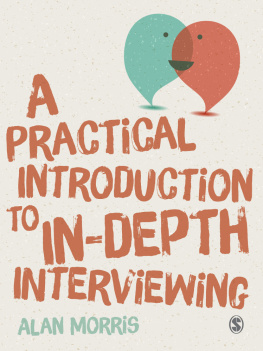
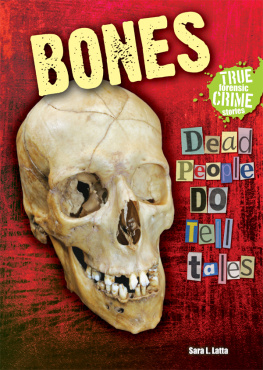


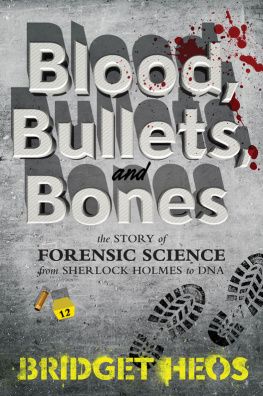
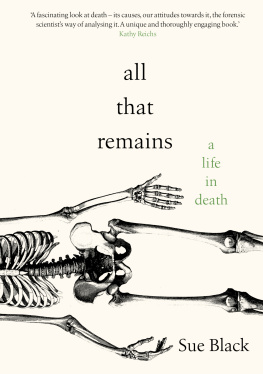
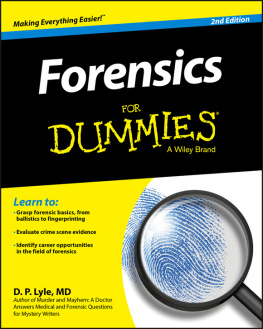
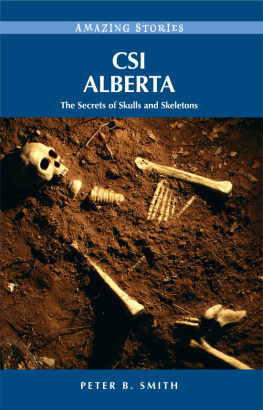
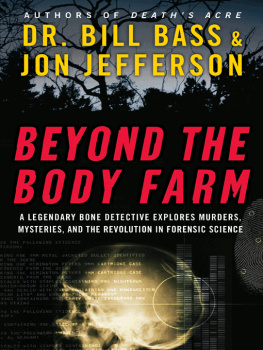

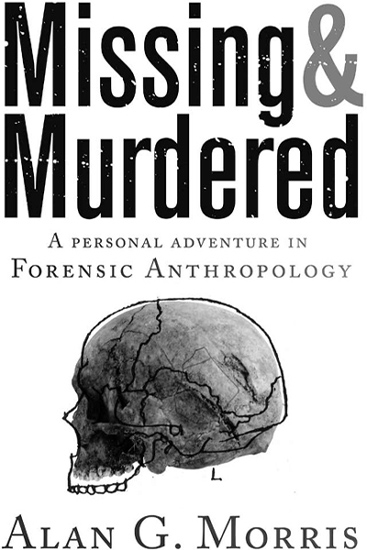



 cans The Human Skeleton in Forensic Medicine, is still the best technical book on the subject, but it is dense with detail, outdated in some areas and too rigid in interpretation in others. Other books, such as White and Folkens The Human Bone Manual and Blau and Ubelakers Handbook of Forensic Anthropology and Archaeology, are more accessible but tend to be very anthropological.
cans The Human Skeleton in Forensic Medicine, is still the best technical book on the subject, but it is dense with detail, outdated in some areas and too rigid in interpretation in others. Other books, such as White and Folkens The Human Bone Manual and Blau and Ubelakers Handbook of Forensic Anthropology and Archaeology, are more accessible but tend to be very anthropological.